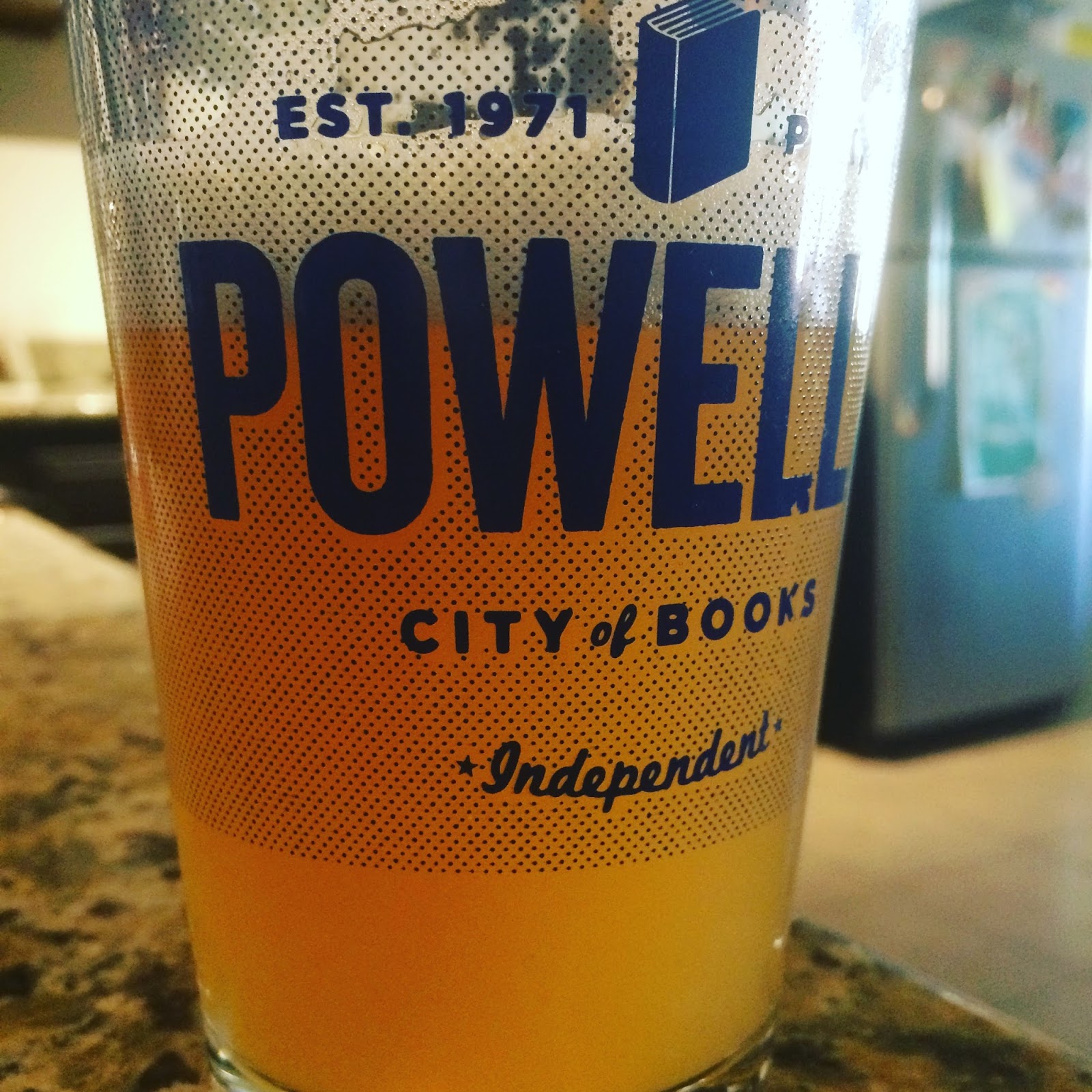3 days in is usually a good time to add your hops.
SO I brewed my latest NE IPA Saturday. Ended up much lower OG than expected. I noticed this time my WY1318 was not as vigorous as my last batch which went crazy and blew the top off the fermenter. That had an OG of 1.072, this one has 1.054. Also when I got home yesterday there was zero activity in the airlock and all the yeast appears to be at the bottom. I added first round of dry hop since things had really died down, but hoping I at least end up with a 5% beer out of this. Was not expecting no activity at this point, maybe due to less viable sugars? I can't really take a reading in my setup so I will wait it out until the weekend then move it to a keg and take a reading. Color is also much different than last batch.
SO I brewed my latest NE IPA Saturday. Ended up much lower OG than expected. I noticed this time my WY1318 was not as vigorous as my last batch which went crazy and blew the top off the fermenter. That had an OG of 1.072, this one has 1.054. Also when I got home yesterday there was zero activity in the airlock and all the yeast appears to be at the bottom. I added first round of dry hop since things had really died down, but hoping I at least end up with a 5% beer out of this. Was not expecting no activity at this point, maybe due to less viable sugars? I can't really take a reading in my setup so I will wait it out until the weekend then move it to a keg and take a reading. Color is also much different than last batch.




